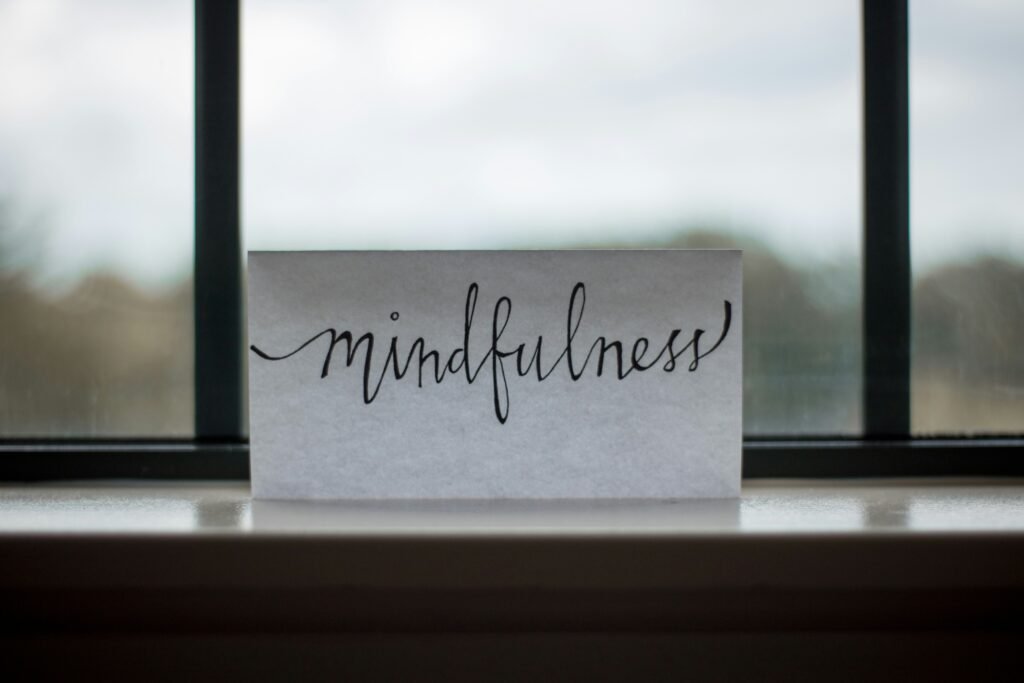
Understanding Mindfulness Meditation
Mindfulness meditation, deeply rooted in ancient Buddhist traditions, has gained widespread recognition and adoption in modern wellness practices. At its core, mindfulness meditation involves paying deliberate attention to the present moment, cultivating a non-judgmental awareness of one’s thoughts, feelings, and surroundings. This practice encourages individuals to become more attuned to their experiences, fostering an enhanced sense of mental clarity and emotional balance.
Incorporating mindfulness meditation into daily life offers a myriad of benefits. Studies have shown that regular practice can significantly reduce stress levels, enhance emotional well-being, and improve focus and concentration. For instance, research published in the journal “Psychological Science” indicates that mindfulness meditation can lead to measurable changes in brain regions associated with attention and emotional regulation. Similarly, a study in the “Journal of the American Medical Association” found that mindfulness practices can reduce symptoms of anxiety and depression, providing a natural complement to traditional therapeutic interventions.
Despite its growing popularity, numerous misconceptions about mindfulness meditation persist. Some individuals believe that it requires complete mental silence or extensive periods of sitting in stillness. In reality, mindfulness meditation is accessible to everyone and can be practiced in various forms, including walking meditation, mindful eating, or even during daily activities. The essence of mindfulness lies in maintaining a gentle, curious awareness of the present, without striving to eliminate thoughts or achieve a specific state of mind.
To clearly define mindfulness meditation, it is essential to recognize its fundamental principles: intentional focus, present-moment awareness, and a non-judgmental attitude. By adopting these principles, individuals can cultivate a mindful approach to life, leading to a more profound sense of well-being and resilience. Whether through formal meditation sessions or integrating mindfulness into everyday routines, the practice offers a valuable tool for navigating the complexities of modern life with greater ease and composure.
Guided Practices and Tips for Beginners
Embarking on a mindfulness meditation journey can seem daunting, but with structured guidance, it becomes an enriching experience. For beginners, starting with simple practices like mindful breathing, body scan, and loving-kindness meditation can be particularly effective.
Mindful breathing is a foundational technique. Begin by sitting in a comfortable position with your back straight. Close your eyes and take a deep breath in through your nose, allowing your abdomen to expand. Exhale slowly through your mouth. Focus on the sensation of your breath entering and leaving your body. If your mind wanders, gently bring your attention back to your breath without judgment.
The body scan meditation involves mentally scanning your body from head to toe, bringing awareness to each part. Lie down in a comfortable position and close your eyes. Start at the top of your head and slowly move your focus down through your face, neck, shoulders, arms, torso, legs, and feet. Notice any sensations, tension, or discomfort, and simply observe them without trying to change anything.
Loving-kindness meditation, or Metta, focuses on cultivating compassion towards oneself and others. Sit comfortably and close your eyes. Begin by silently repeating phrases like “May I be happy” or “May I be healthy.” Gradually extend these wishes to loved ones, acquaintances, and even those with whom you have conflicts.
Creating a conducive environment is crucial for effective meditation. Choose a quiet, comfortable space free from distractions. Setting realistic goals, such as meditating for five to ten minutes daily, can help establish a consistent practice. Incorporating mindfulness into daily routines, such as mindful eating or walking, can further enhance your practice.
Common challenges include maintaining focus and dealing with distractions. If your mind wanders, gently redirect your attention back to your breath or chosen focal point. Patience and persistence are key; over time, your ability to stay present will improve.
Numerous resources can support beginners. Meditation apps like Headspace and Calm offer guided sessions, while books such as “Wherever You Go, There You Are” by Jon Kabat-Zinn provide deeper insights. Online courses and community groups can also offer valuable support and motivation.
